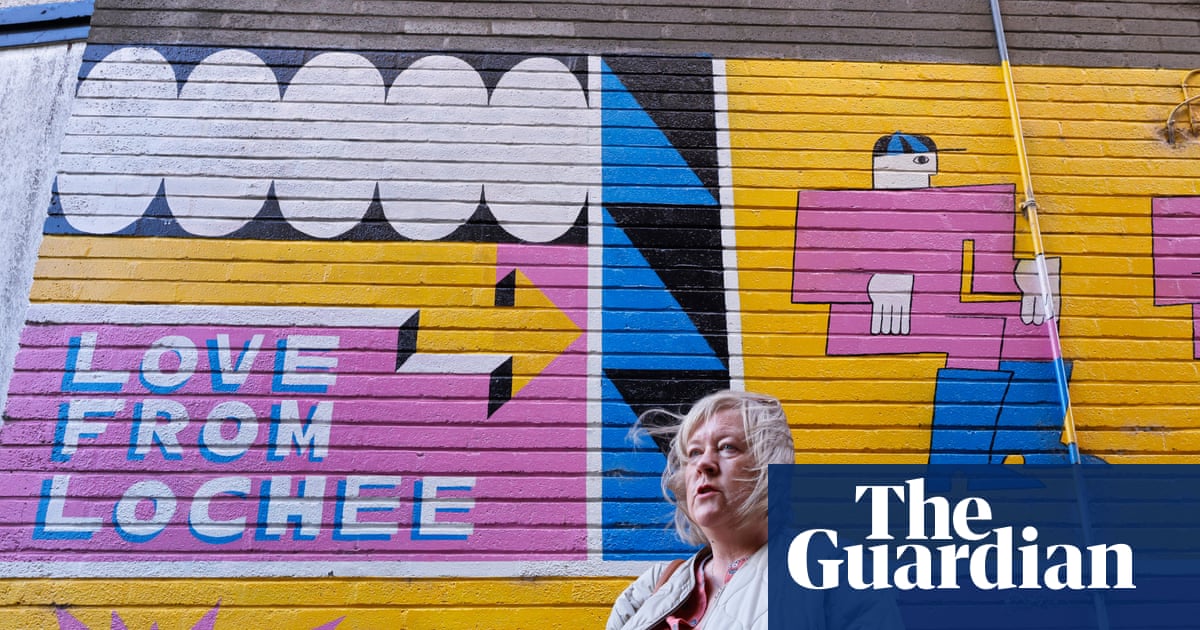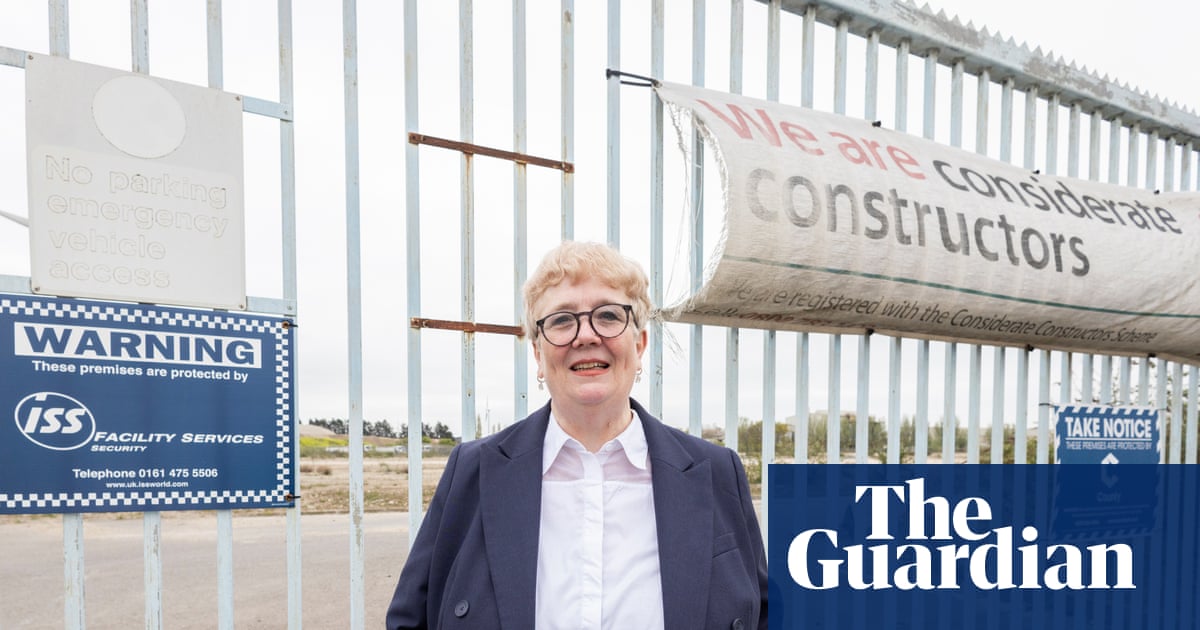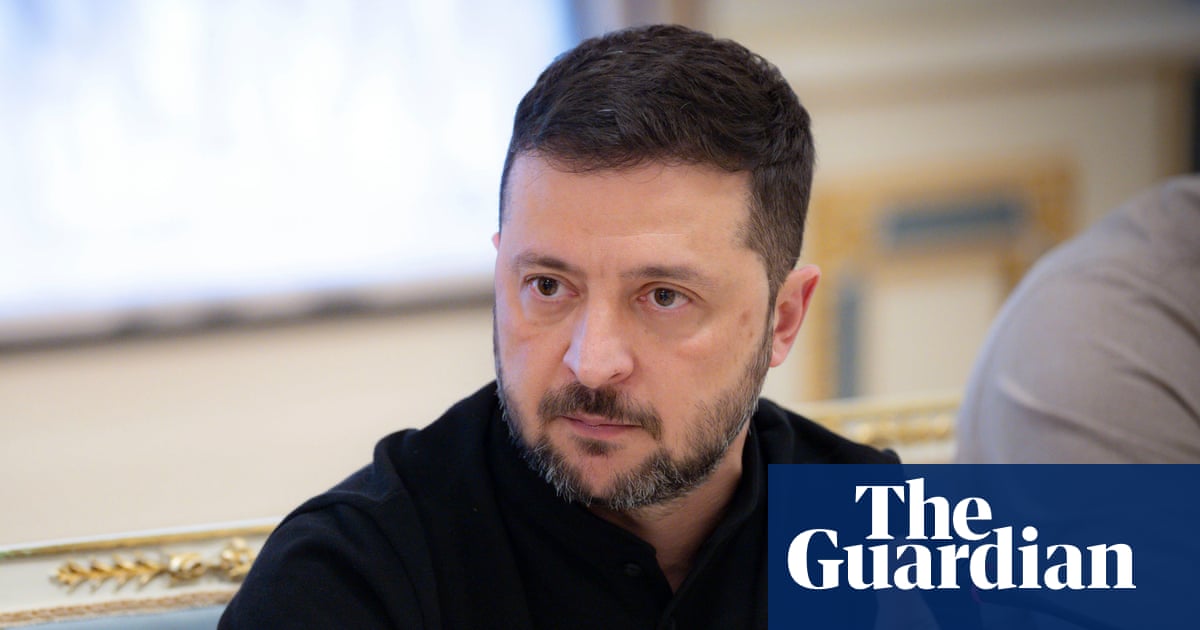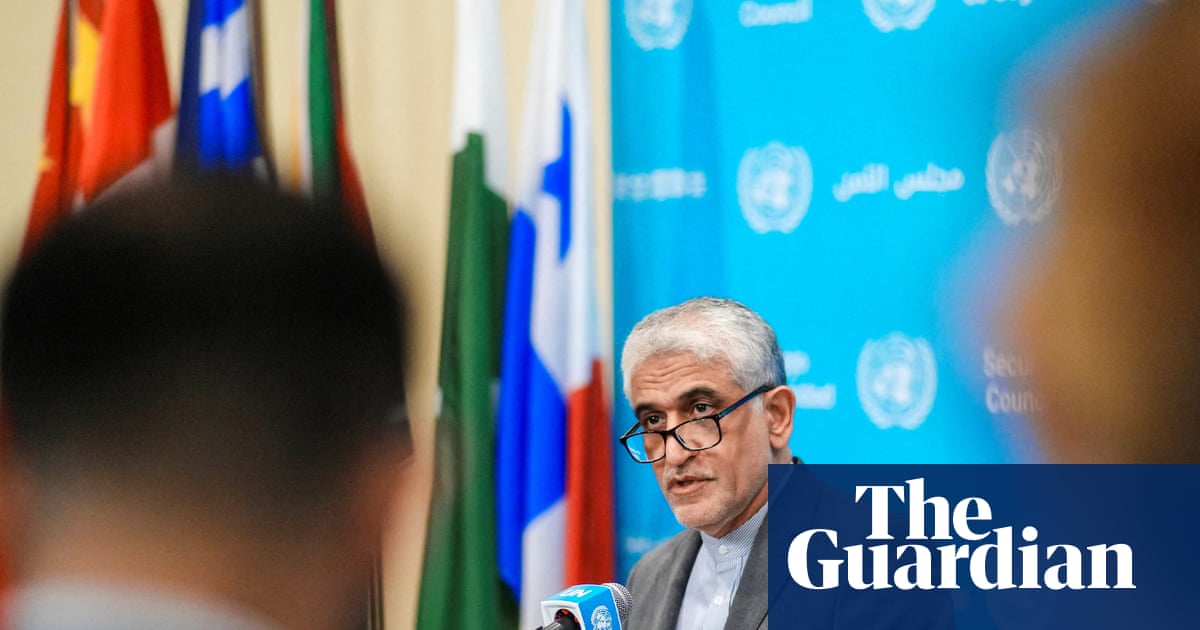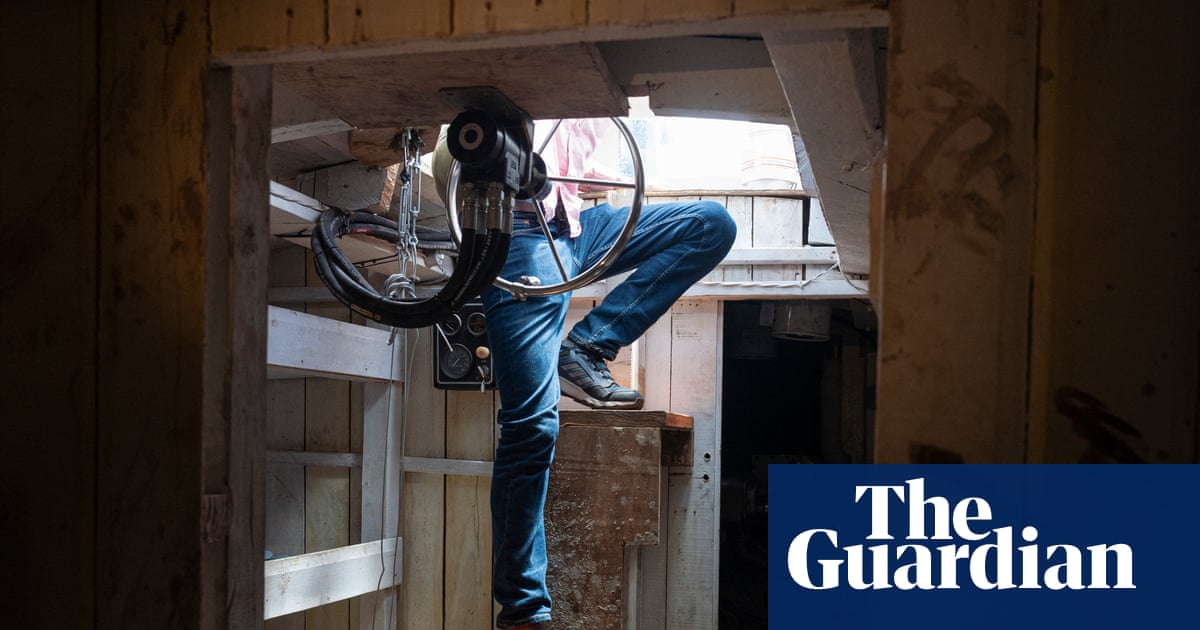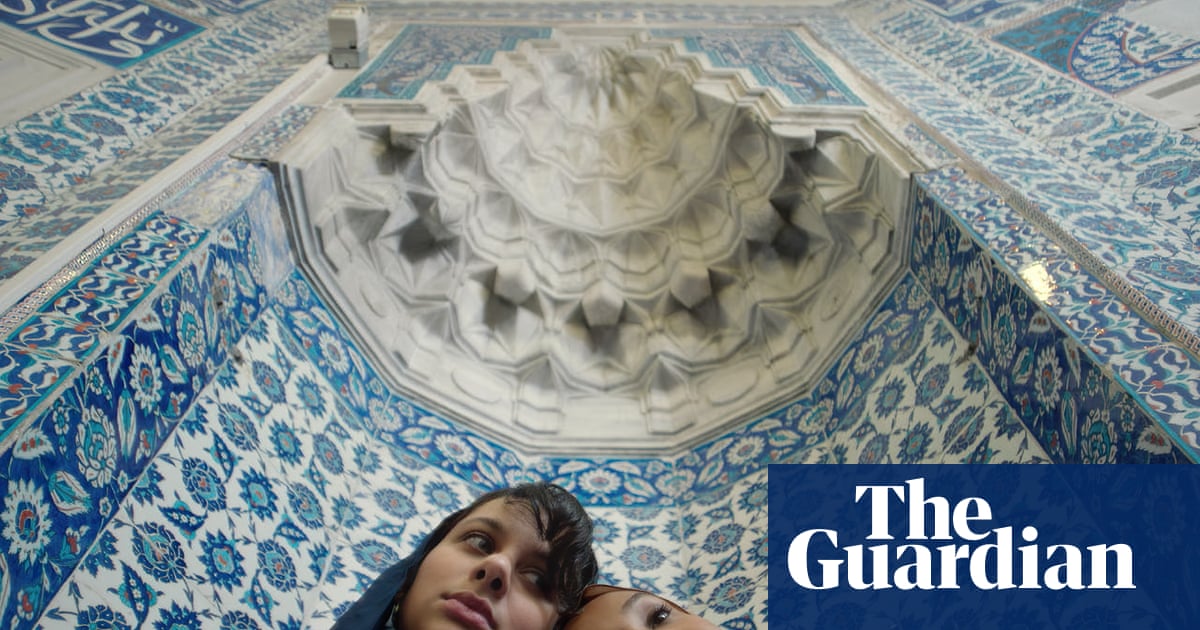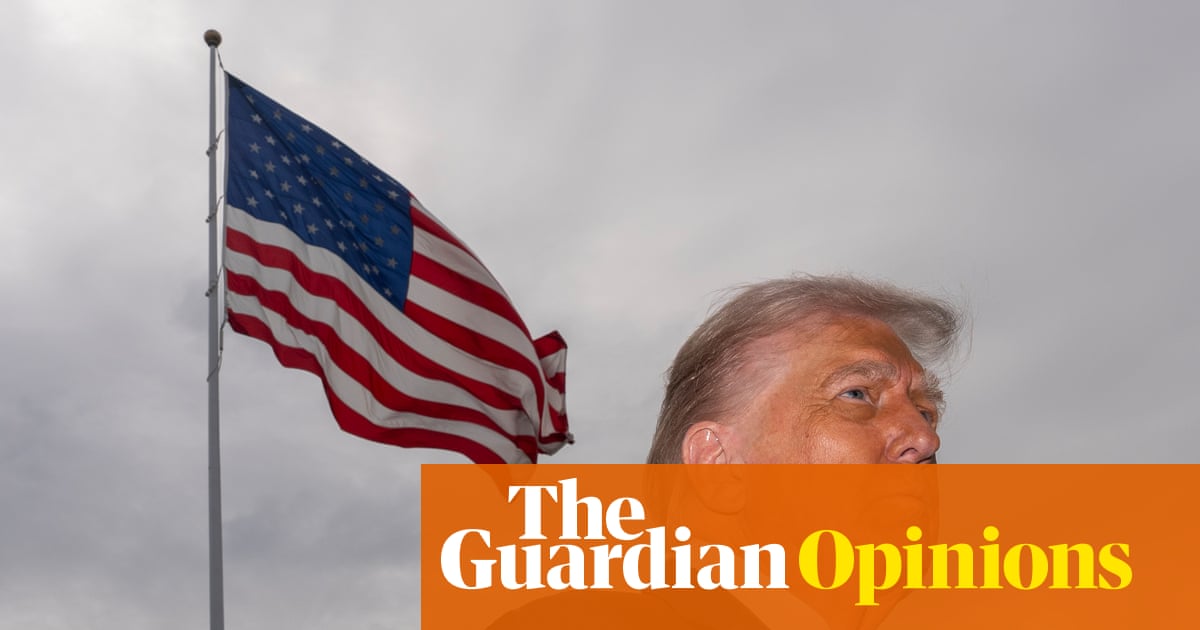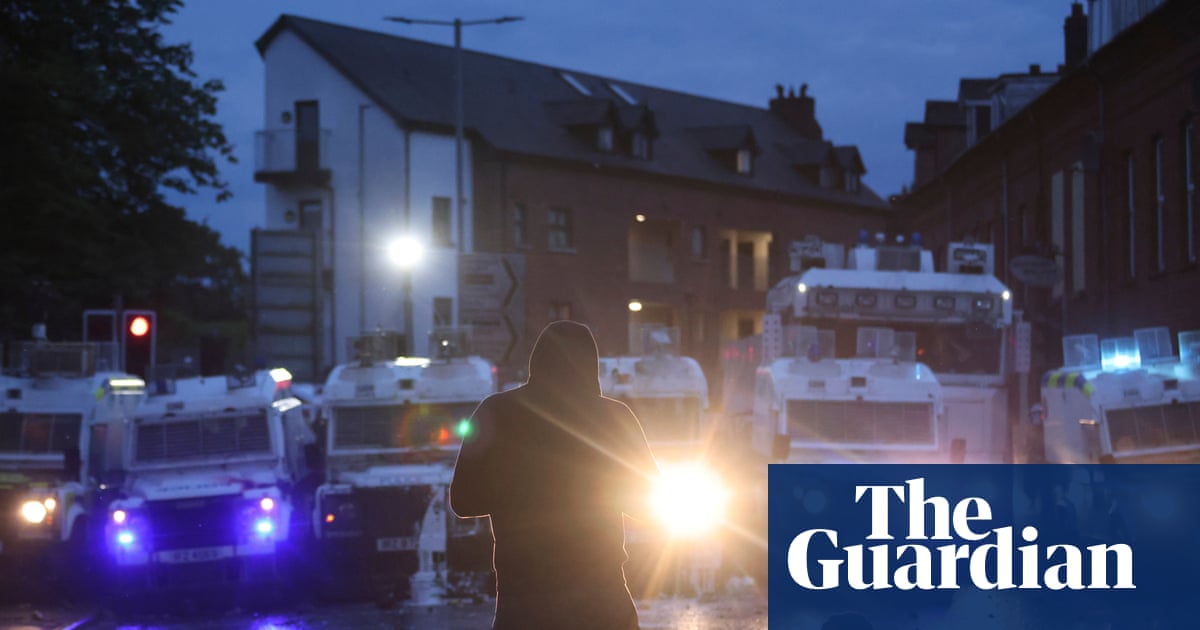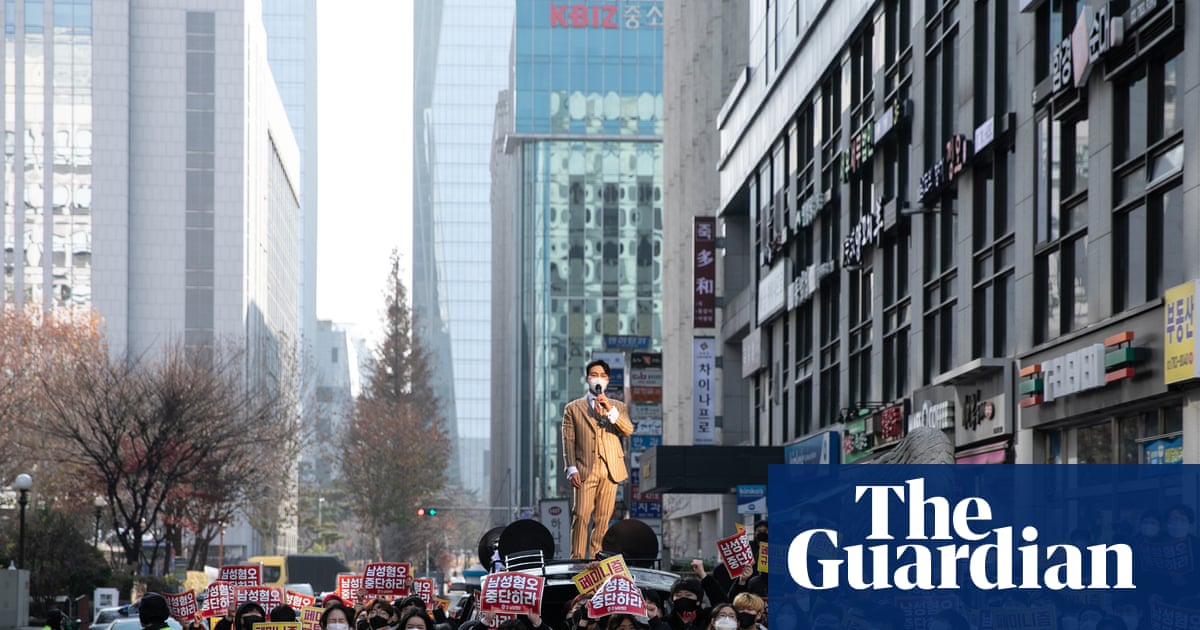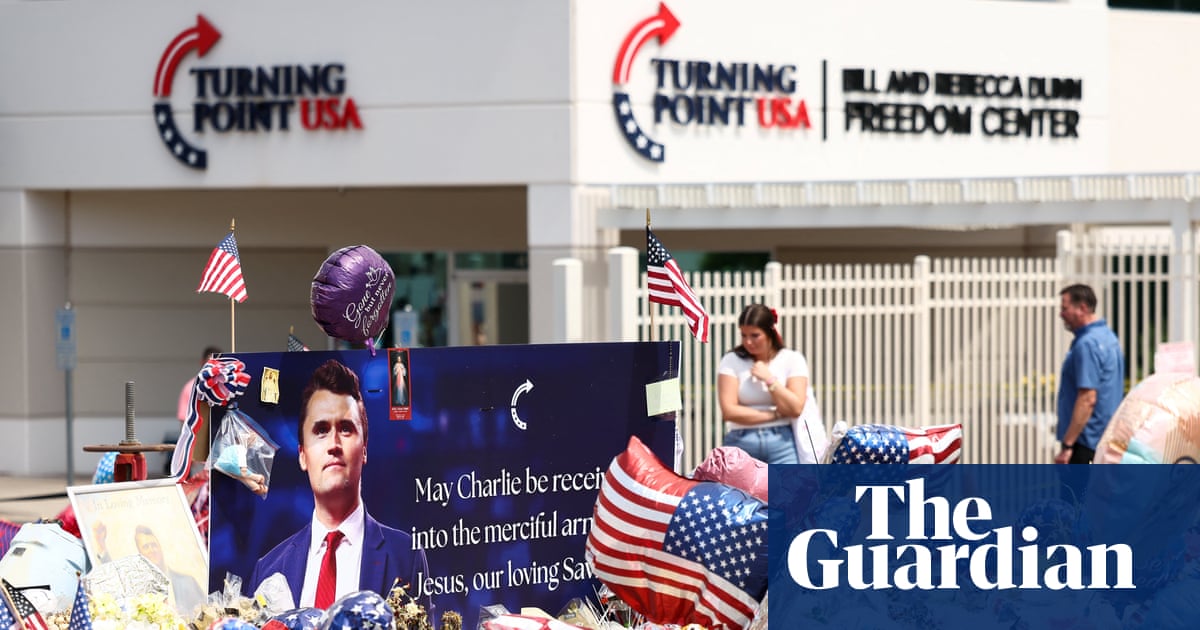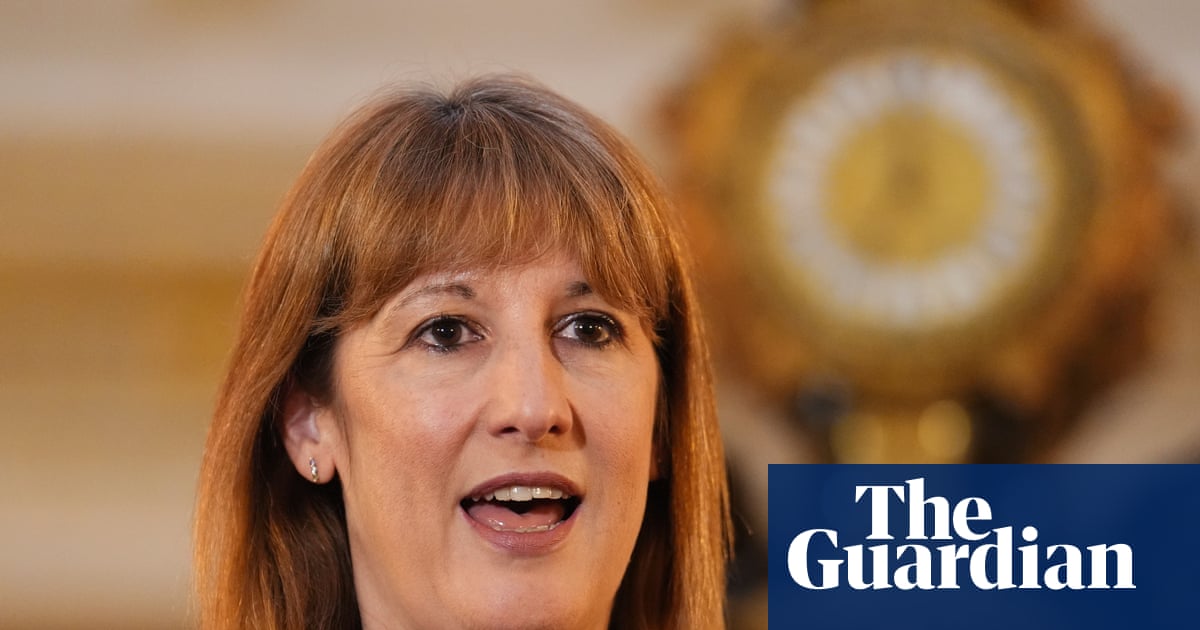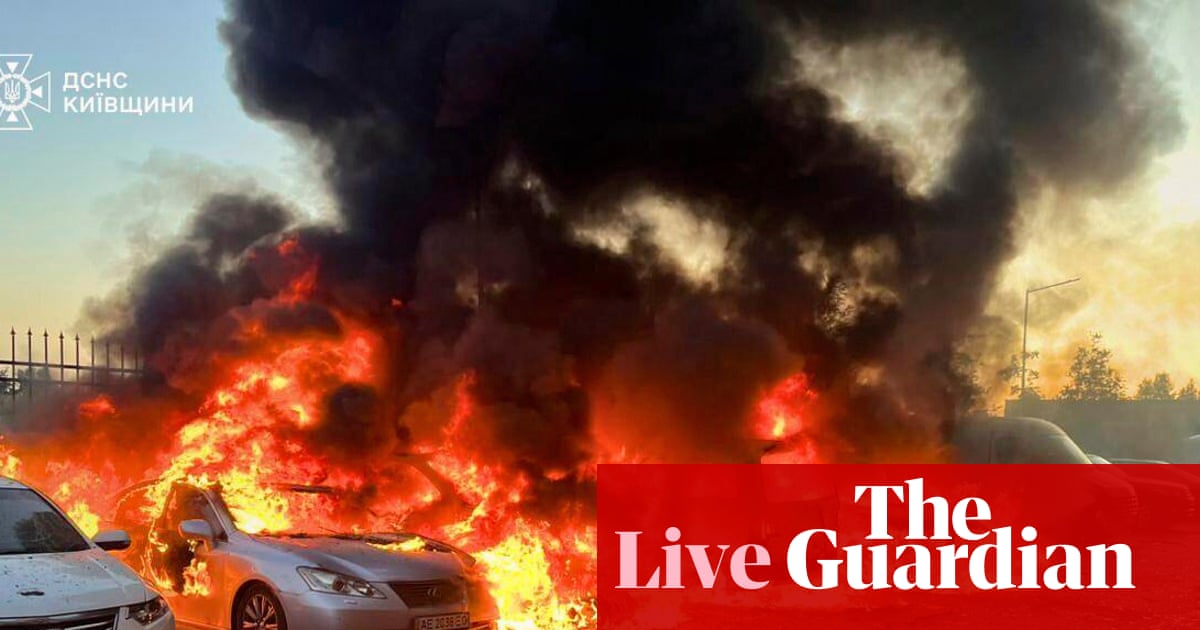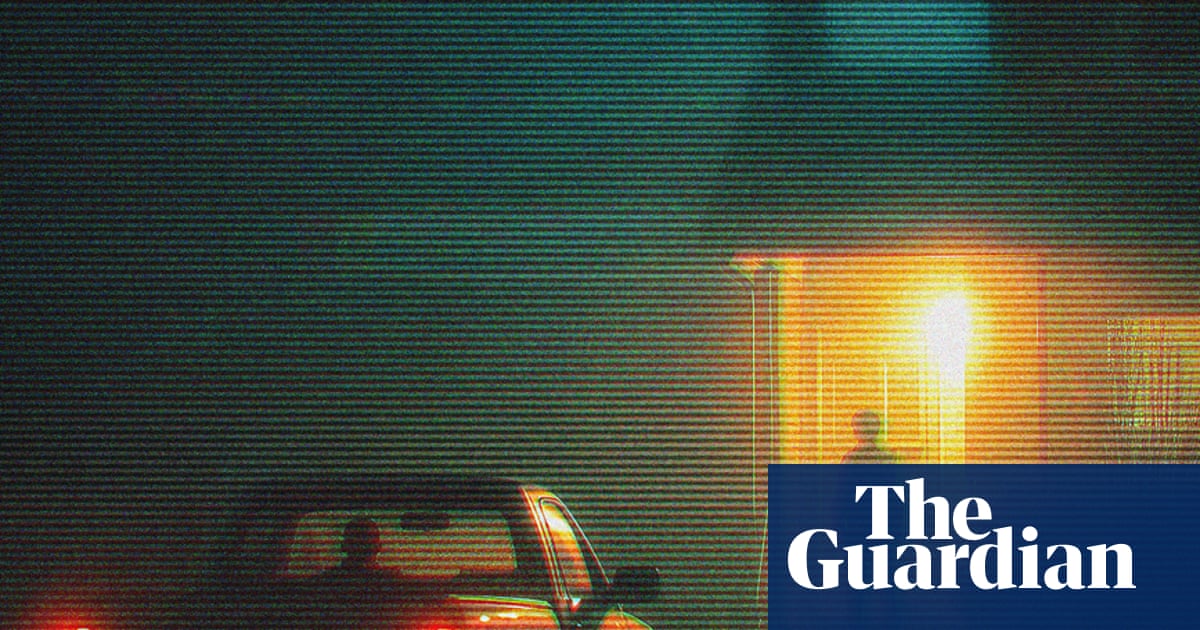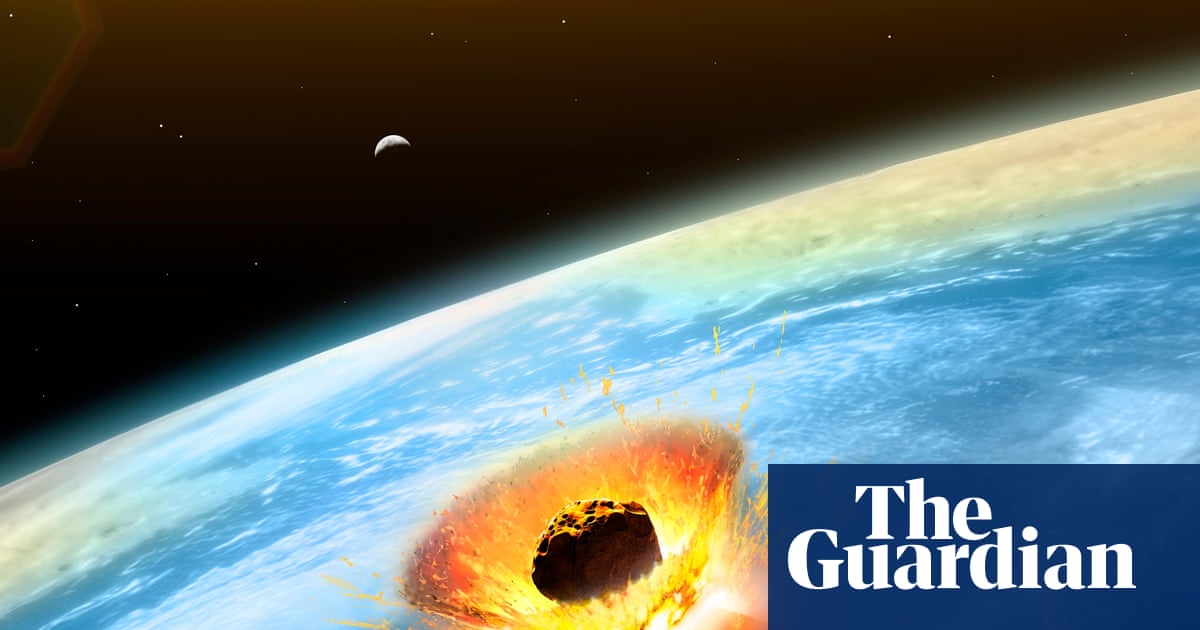The animals went into the West End, not quite two by two, from the direction of Soho Square. Monkeys ran ahead, gorillas bounded behind and bringing up the rear were a pair of handsome, ambling giraffes. Down Greek Street they marched, past pubs and cafes, resulting in an actual zebra crossing as the pack moved across Cambridge Circus, passing in front of bemused drivers, and on through lanes of shoppers in Covent Garden.
This was central London on late Friday afternoon: streets overrun not by tourists but by The Herds, a staggeringly ambitious public art project. In April, a menagerie of lifesize puppet animals began a 20,000km route from the Congo Basin to the Arctic Circle, signifying the displacement of animals and humans caused by the climate crisis. This weekend they are in London; next week they travel north for the Manchester international festival. I spent an hour following the herd on their journey from Soho to Somerset House, during which the puppets either joined in a series of performances – or watched them along with the rest of us.
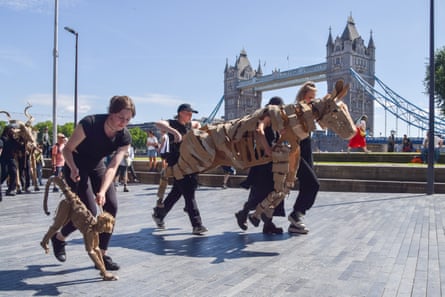
First up, the animals (made by the South African collective Ukwanda) circled the sundial pillar at Seven Dials during a performance of When I Grow Up from Matilda, the musical hit at the Cambridge theatre opposite. An anthem from one of London’s most popular shows, it served as more than just a quick crowd pleaser as it fitted the future-facing project. Watching them brought to mind Greta Thunberg’s speech at the UN climate summit in 2019: “The eyes of all future generations are upon you.”
There was humour in seeing the giraffes amid the trees of Covent Garden, with the musical’s lyrics about growing “tall enough to reach the branches”. But during London’s sustained heatwave it was disquieting, too, to hear the lines: “I will spend all day just lying in the sun / And I won’t burn cause I’ll be all grown up.”
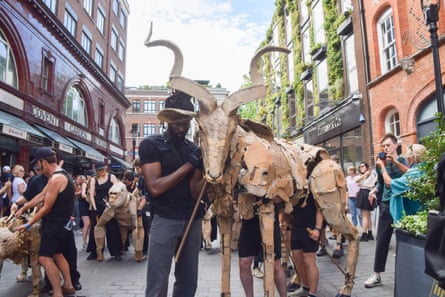
Approaching the market, an area traditionally popular with acrobats, magicians and mimes, the puppets rested before a particularly illustrious street performer: Juliet Stevenson, who has a long history of raising climate awareness. Evoking a kind of animal whisperer, Stevenson stroked one of the creatures tenderly while giving a speech, delivered as if amid dystopia, about trees that lost their will, animals “screaming their pain” and “a desert forming inside me and outside”.
We walked on and, within the crowd, a woman discussed the puppets with her child: how thirsty and dry the animals looked, with their corrugated cardboard bodies. The design, with material fraying and the inner frames exposed in places, makes them seem fragile despite their robustness. Another crowd member waved her family’s own homemade turtle, recycled from similar materials. In such close quarters, you could feel the strain on the puppeteers and their skill at bringing the creatures to life, not just through movements but vocal exhalations too. The project smartly mirrors the importance of collective action: three people control each gorilla, another trio handle each giraffe (two from beneath supporting the body and one with a pole operating the head). I’ve always loved watching the care in the eyes of performers when they are manipulating puppets – here, it was often incredibly moving to witness.

The creatures would momentarily pause, survey their surroundings, rise on their back feet and stampede. Throughout the hour, this herd grew as more passersby joined in. “We are the ones we’ve been waiting for,” actor Chipo Chung told the crowd in a speech beside the market before the journey snaked around the corner and stopped outside the Royal Opera House where tenor Ryan Vaughan Davies appeared on the balcony to sing from The Magic Flute. The giraffes leaned in to listen.
This West End leg of the journey was co-curated by Amir Nizar Zuabi (artistic director of The Herds) and theatre and opera director Joe Hill-Gibbins, who staged a particularly muddy version of A Midsummer Night’s Dream at the Young Vic in 2017. (That venue’s former artistic director, David Lan, is one of the chief producers on The Herds.) Shakespeare’s “forgeries of jealousy” speech, increasingly used to reflect our own climate disruption, was performed by Zubin Varla as Oberon and Hattie Morahan as Titania. (A gorilla rested its paws on Varla; a monkey nuzzled Morahan.)

The route ended in the courtyard of Somerset House, with blistering drumming by Andy Gangadeen who was circled by the animals. The creatures were laid to rest in the scorching heat, their fragmented design now disturbingly evoking carcasses.
Outdoor art disruptions, like the journey of the puppet pachyderm and giant friend in The Sultan’s Elephant by Royal de Luxe in London in 2006, usually leave joy in their wake. After such performances, the spaces feel charged with a sense of wonder at the memory. Leaving The Herds and retracing the animals’ route back through to Soho, I felt anguish at their absence but a galvanising urge that brought me back to Matilda’s defiant lyrics. Just because we find ourselves in this story, it doesn’t mean that everything is written for us.
-
The Herds is in London until 29 June, and across Greater Manchester 3-5 July, as part of Manchester international festival. Its global journey continues until August.

 2 months ago
52
2 months ago
52

